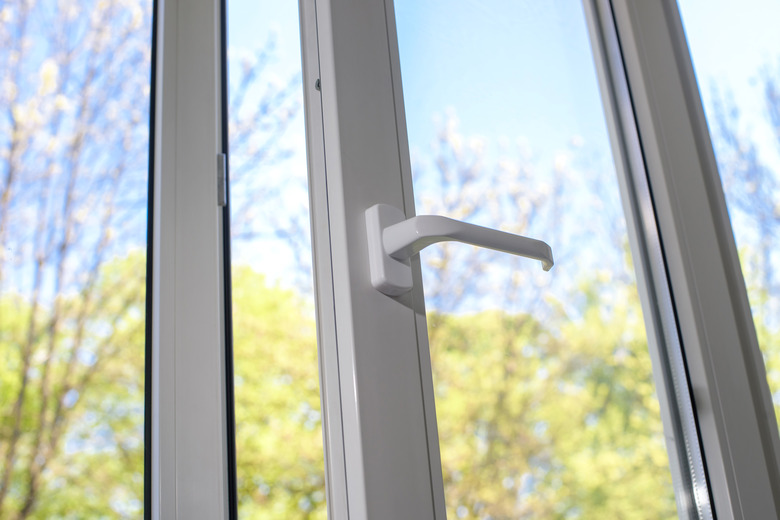How To Clean Your Home After Flea Bombs
We may receive a commission on purchases made from links.
Flea bombing a house is never fun, but it's one way to quickly get rid of most fleas and flea eggs in a short period of time. Once you've activated the cans of flea insecticide to "bomb" your living space, however, the work doesn't end there.
Starting the Process
Starting the Process
It's important to follow the directions exactly as the flea removal product specifies. You and your pets need to be out of your house or apartment while the bombing is happening and for several hours afterward. Stay out of your house for at least as long as the instructions recommend. For example, Hot Shot recommends waiting at least two hours after applying the insecticide before returning home.
Upon returning, open your windows to air out your house for another two hours. If you and your pets can again leave the house for this period, you won't be breathing in toxic fumes. If you still smell the odor of the foggers, continue ventilating your living space.
Next vacuum your carpets and upholstered furniture. You should have vacuumed these areas before opening the foggers to bring up any fleas hiding in your rugs, but you'll want to vacuum again to clean up any dead fleas and residue. After you vacuum, throw away the vacuum bag. If you have a bagless vacuum, empty the contents into a bag and make sure to move the bag out of your house.
Clean Exposed Areas
Clean Exposed Areas
Wipe down kitchen countertops, cabinets, furniture and any other exposed surface area with your preferred household cleaner. Also, mop all your floors. When exposed to flea foggers, these household surfaces will still contain pesticide residue, and you don't want to take a chance on exposing your family and pets to this residue.
Wash clothing or bedding your pet has been exposed to. It's best to wash these items in hot water to kill any fleas or flea eggs that may be living in the fibers. You also want to thoroughly wash and treat your pet for fleas so as not to reinfest your home.
Even though you've thoroughly treated your home for fleas and cleaned it upon return, you may need to re-treat certain areas if you continue to have outbreaks. New fleas may hatch from eggs that didn't get killed or removed during the initial treatment.
What to Watch For
What to Watch For
After you've fogged your house and cleaned it upon return, it's best to walk around and make sure you didn't leave anything exposed that could cause you or your family to ingest any pesticide residue. If you left any toys, clothes or other items uncovered, you'll want to wash or wipe these as you did your counters, furniture and walls.
If you've left pet food bowls out, wash them and get rid of any water you left exposed. Throw away or thoroughly wipe down any food that's been exposed. Then, make a plan to prevent your living space from getting reinfested.
This includes regularly checking your pet for fleas, using a monthly topical or other flea prevention product and treating your lawn. Fleas may hide in outdoor spots, and spraying outdoor locations that your pet visits frequently can help.
